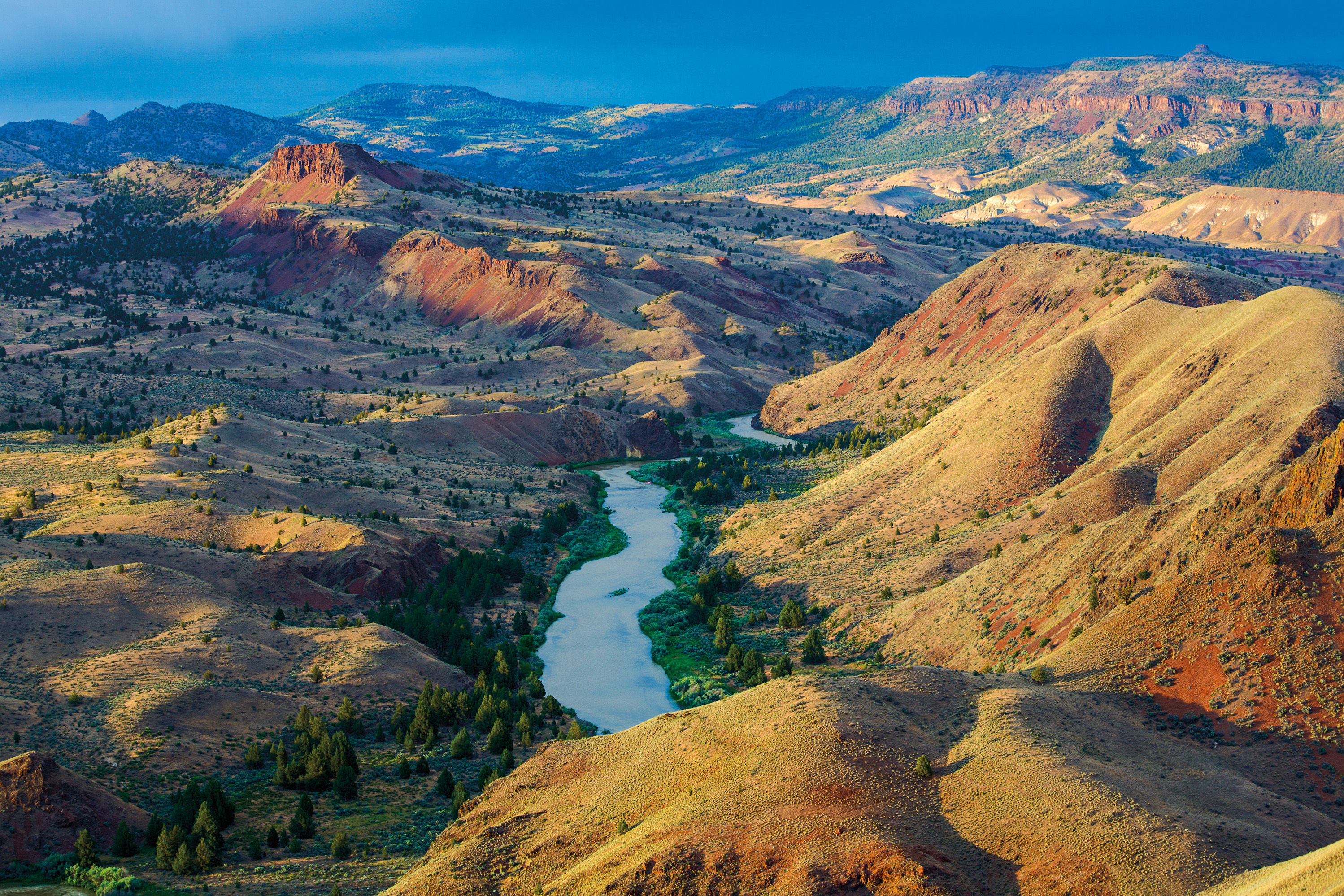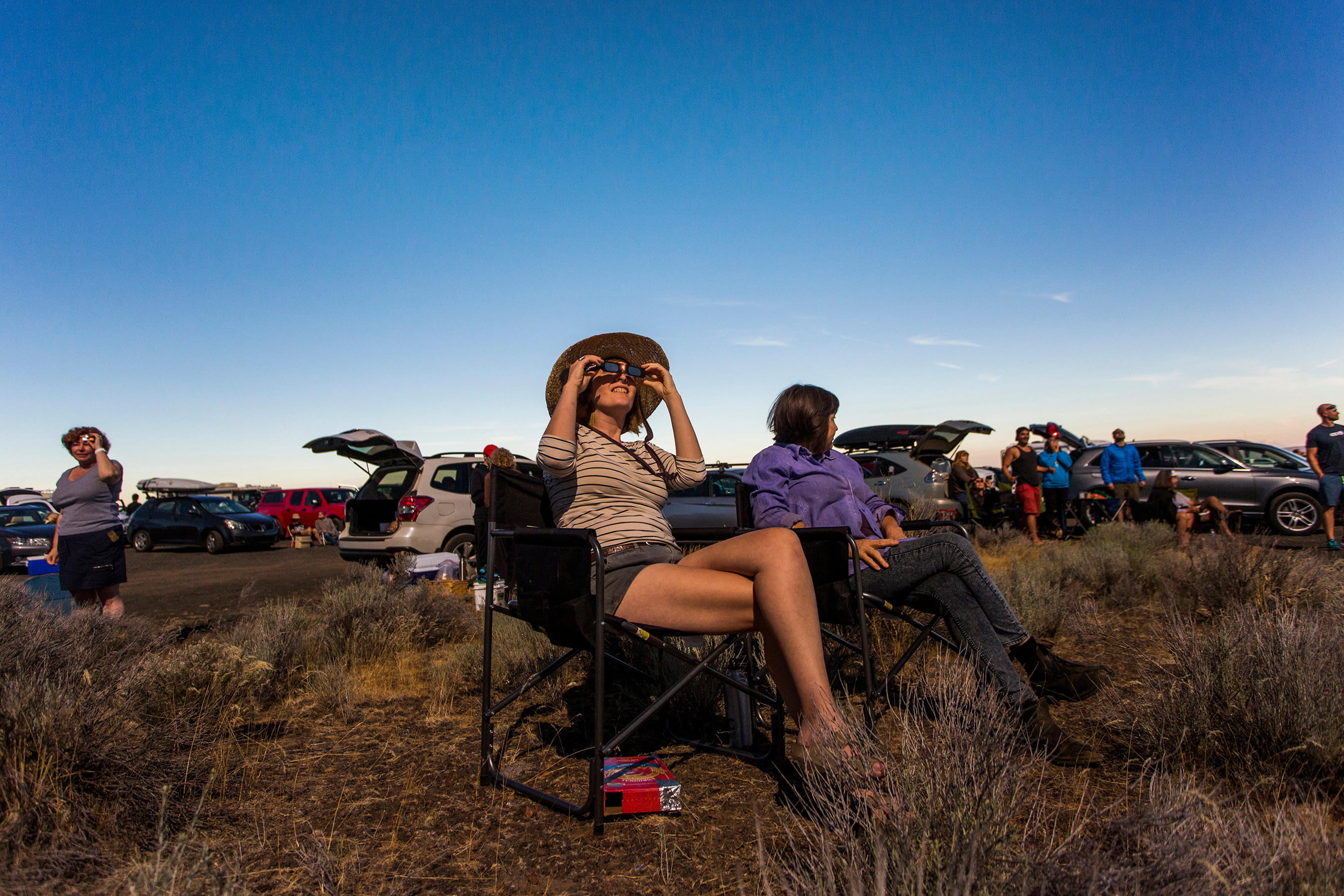Oregon Braces for the Great American Eclipse

Officials estimate the eclipse will attract about 1 million people from all over the world—swelling the state’s population by a quarter in a single weekend.
Image: Courtesy Hobbit/Shutterstock
Nearly 40 years ago, thousands of Portlanders made their way out of the cloudy city and headed east for clearer skies. Their goal: to see the last total solar eclipse of the 20th century, which would skirt the top of the state on February 26, 1979. It was a wild two minutes of darkness. According to the Oregonian, druids performed “neo-pagan rites” at the Maryhill Stonehenge monument and gurus “writhed and chanted” to the sun gods.
On Monday, August 21, Oregon is poised for what is being called the Great American Eclipse, perhaps without druids but with a whole lot of crowds. For about two minutes at around 10:15 a.m., the moon will again blot out the sun, its shadow passing over some of the state’s most trafficked summer road trip and camping destinations, from the north coast to the Painted Hills.
But the bigger show may be on the ground. Officials estimate the eclipse will attract about 1 million people from all over the world—swelling the state’s population by a quarter in a single weekend. At midnight on November 17, 2016, Oregon State Parks opened reservations for 2,403 campsites within the path of totality. The sites sold out within an hour. In April, it opened 1,018 more spots, usually available first-come, first-served, for reservations. The agency also opened day-use parks to dry camping at $10 per night. All were snapped up in three minutes flat.
“We’ve never done anything of this magnitude across such a large area before,” says Oregon State Parks spokesperson Chris Havel. “There are going to be things we are not ready for. What happens if someone needs to leave for some reason and there’s an eight- to 10-hour backup on the freeway? This frenzy will create awful traffic congestion.”
Corvallis’s Oregon State University, which sits in the path, is renting out more than 800 suites and student dorms. The town of Mitchell, near the Painted Hills, has no stoplights, no pharmacy, one grocery store, and a population of about 121. But locals are bracing for anywhere from 15,000 to 30,000 people to descend on it.
“It’s going to be crazy,” says Skeeter Reed, owner of one of two hotels in Mitchell. “I don’t know how in the world we’re going to be able to handle all of the people—food-wise, water-wise, restrooms, and showering. This event has built more anxiety than anything. I might have to hire security.”
So, will the sight be worth the crowds? According to astronomer Rick Fienberg, absolutely. The sun’s corona will glow with unusual loopy streams of white light, and the middle layer, the chromosphere, will show brilliant arcs of pink, magenta, and red. “This is probably the most spectacular and beautiful thing that you can see in nature. It truly inspires awe.”




